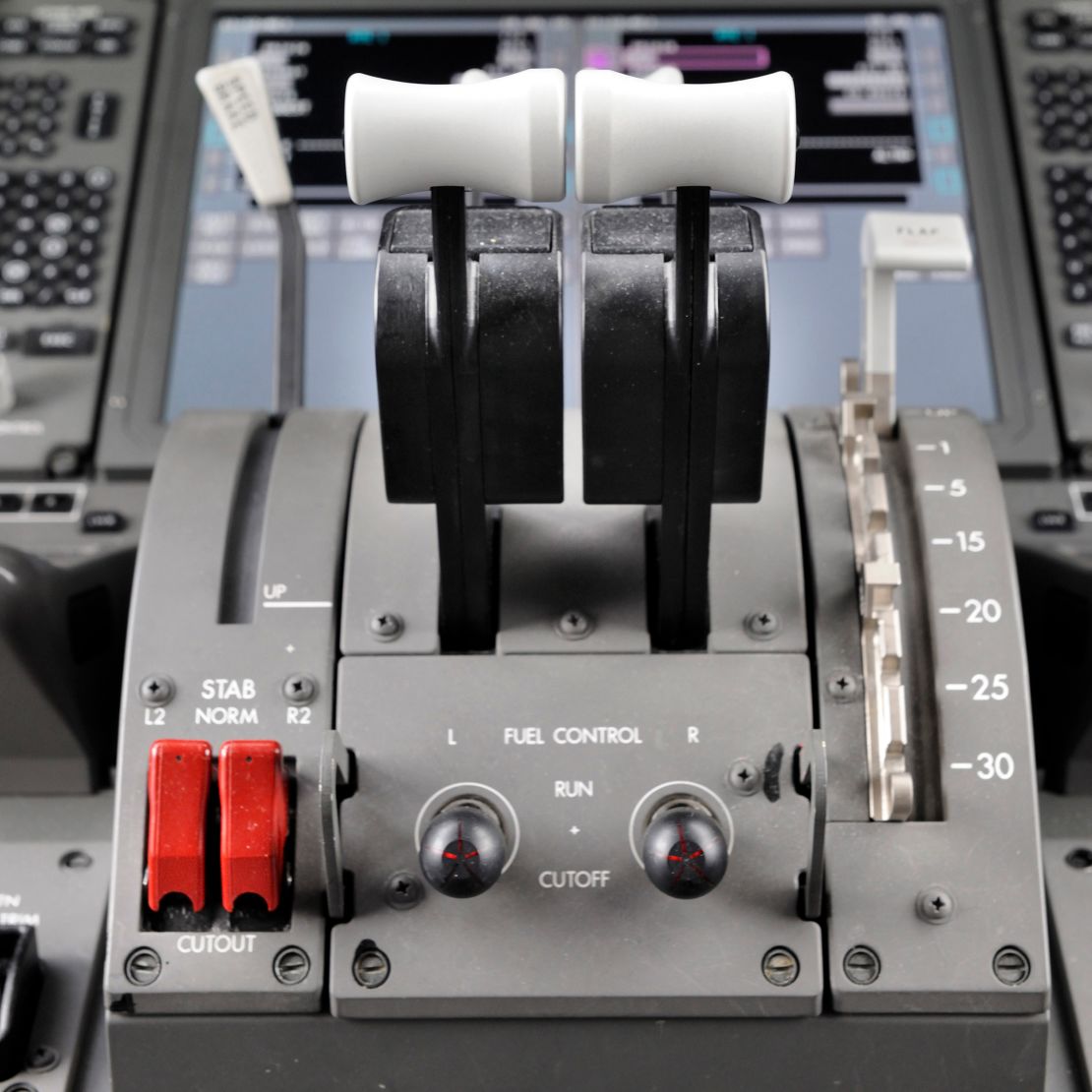Articles in this Cluster
11-07-2025
India’s preliminary crash report on the June 12 Air India Boeing 787 disaster that killed 260 finds both engine fuel cutoff switches moved from “run” to “cutoff” seconds after takeoff, starving the engines and triggering loss of power, with a ram air turbine deploying. Cockpit audio captured one pilot asking why fuel was cut; the other denied doing so. The switches flipped about a second apart—consistent with sequential manual movement—yet experts say they aren’t easily moved accidentally, and the report doesn’t explain how or why they changed. Both switches were later found back in “run,” with signs of attempted engine relight before the low‑altitude crash. The AAIB’s preliminary findings do not assign responsibility to Boeing or GE or recommend actions for 787 operators. The probe continues amid broader regulatory scrutiny of Air India and its affiliates.
Entities: Air India, Boeing 787, AAIB (Aircraft Accident Investigation Bureau of India), ram air turbine, fuel cutoff switches • Tone: analytical • Sentiment: neutral • Intent: inform
11-07-2025
A preliminary report by India’s Aircraft Accident Investigation Bureau finds that Air India flight AI171 crashed shortly after takeoff from Ahmedabad on June 12 because the Boeing 787’s engine fuel control switches were moved from RUN to CUTOFF one second apart, cutting fuel to both engines. Cockpit audio captured a pilot questioning the cutoff, with the other denying action; the switches were then returned to RUN, and the engines began relight as the aircraft lost altitude and crashed, killing 260 people including some on the ground; one passenger survived. Data and wreckage show no issues with fuel quality, weight, configuration, bird strikes, or dangerous goods, and the switches—located between the pilots and designed to resist accidental movement—typically require deliberate action. Air India said it is cooperating with investigators and supporting affected families.
Entities: Air India, Aircraft Accident Investigation Bureau (India), Boeing 787, Ahmedabad, flight AI171 • Tone: analytical • Sentiment: negative • Intent: inform
11-07-2025
Indian investigators’ preliminary report on the June 12, 2025 crash of Air India Flight 171, a Boeing 787 departing Ahmedabad for London, found the aircraft was properly configured and lifted off normally, but both engine fuel control switches were moved from “run” to “cutoff” about three seconds after takeoff. Cockpit audio captured one pilot asking why the cutoff occurred, with the other denying doing so. Although the switches were quickly returned to “run” and both engines appeared to relight, only one produced thrust, and the jet lost altitude and crashed into a medical college. The report cites no evidence of mechanical failure or bird strike and points toward pilot actions as a focus. The crash killed 260 people, including 19 on the ground, with one passenger surviving; it is the first hull loss of a Boeing 787.
Entities: Air India Flight 171, Boeing 787, Ahmedabad, London, fuel control switches • Tone: analytical • Sentiment: negative • Intent: inform
11-07-2025
A preliminary report on Air India Flight 171’s June 12 crash says fuel to both Boeing 787 engines was switched off seconds after takeoff, shifting scrutiny to cockpit actions and away from mechanical or design failure. Cockpit audio captured one pilot asking why the fuel was cut; the other denied doing so. The fuel switches—designed with locking safeguards—were turned to cutoff one second apart, then re-enabled about 10 seconds later, but too late to recover. Investigators found no evidence of fuel contamination and recommended no actions for Boeing or GE. The crash near Ahmedabad killed all but one of 242 aboard and dozens on the ground, India’s worst aviation disaster since 1996. The inquiry continues, with data recovered from the black boxes.
Entities: Air India Flight 171, Boeing 787, The New York Times, Ahmedabad, black boxes • Tone: analytical • Sentiment: negative • Intent: inform
